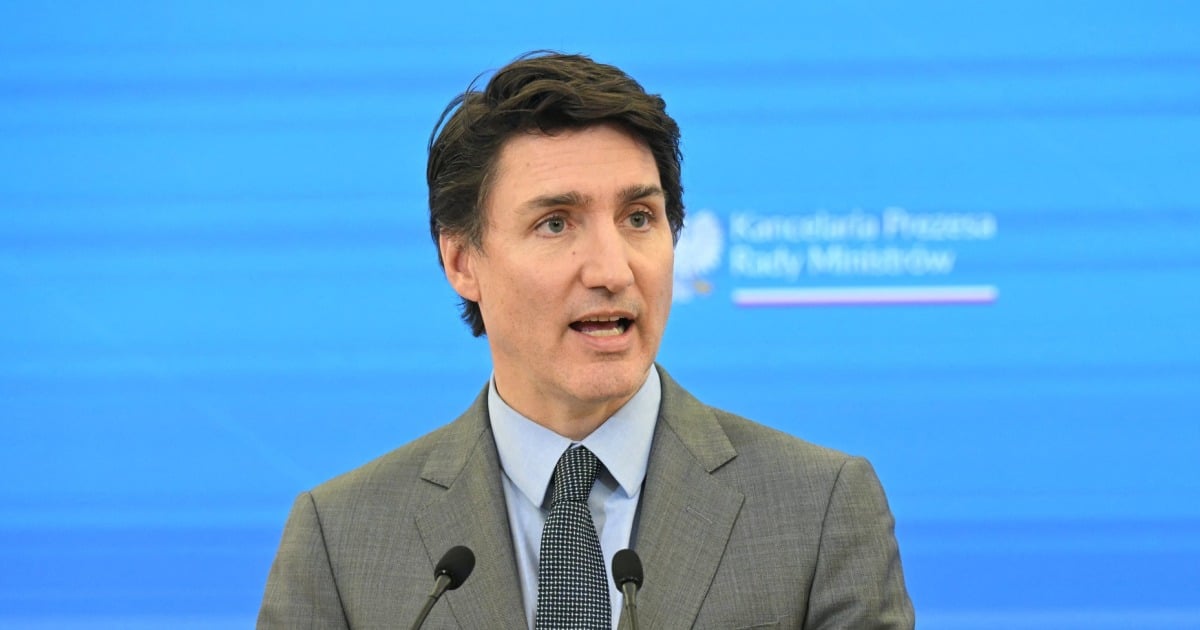- cross-posted to:
- news
- economy
- [email protected]
- cross-posted to:
- news
- economy
- [email protected]
Summary
Trump signed an executive order imposing 25% tariffs on Canadian and Mexican imports—excluding Canadian energy at 10%—plus additional duties on Chinese products.
In response, Prime Minister Justin Trudeau announced a 25% duty on $155 billion in U.S. goods, beginning with $30 billion in tariffs Tuesday.
Mexican President Claudia Sheinbaum indicated reciprocal tariffs, rejecting claims that Mexico tolerates criminal groups trafficking fentanyl and insisting on respect for sovereignty.
Experts warn these tit-for-tat measures could drive up costs, disrupt supply chains, and mirror the previous U.S.-China trade war, possibly harming security.



Explain how demand elasticity affects both countries please. I expect Trump uses these tariffs as a scare tactic for countries who depend greatly on exports to America, but i don’t know how elasticity of demand plays in.
Tariffs will drive the prices upward but consumers will still be compelled to make those purchases for a time, which is to say that they will just bite the cost because the alternative is less desirable. This demonstrates a lack of equilibrium between price and demand. In a non-elastic scenario, the rise in price would directly correlate to a decrease in demand.